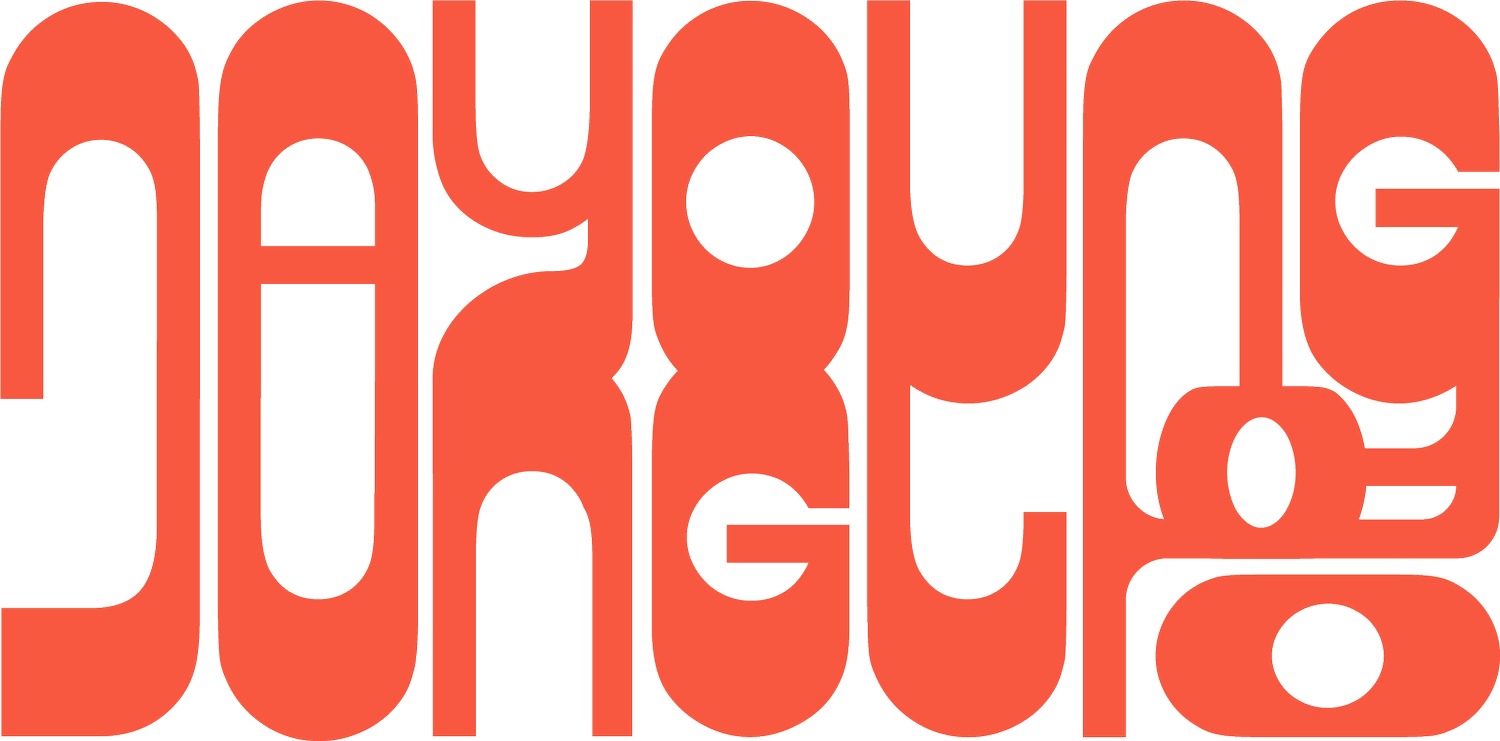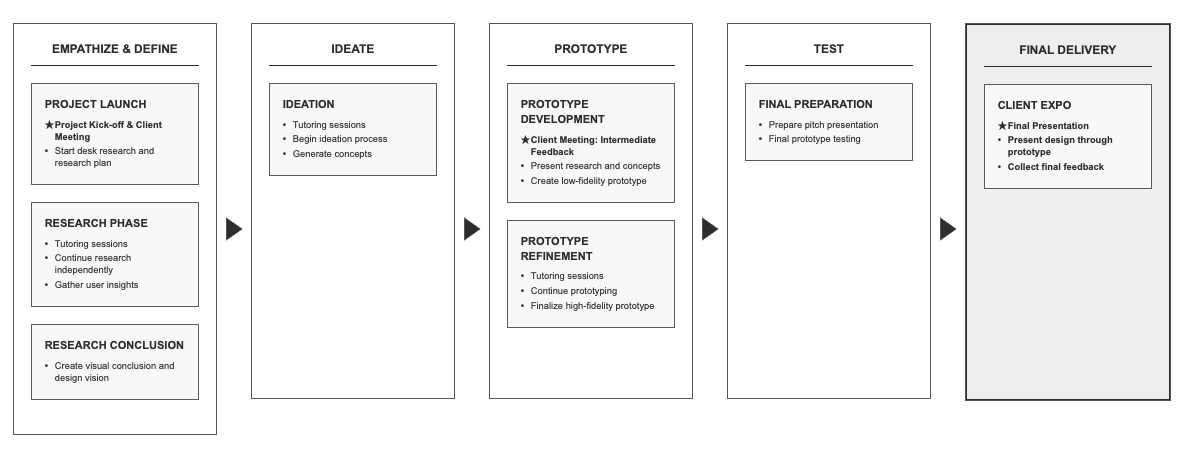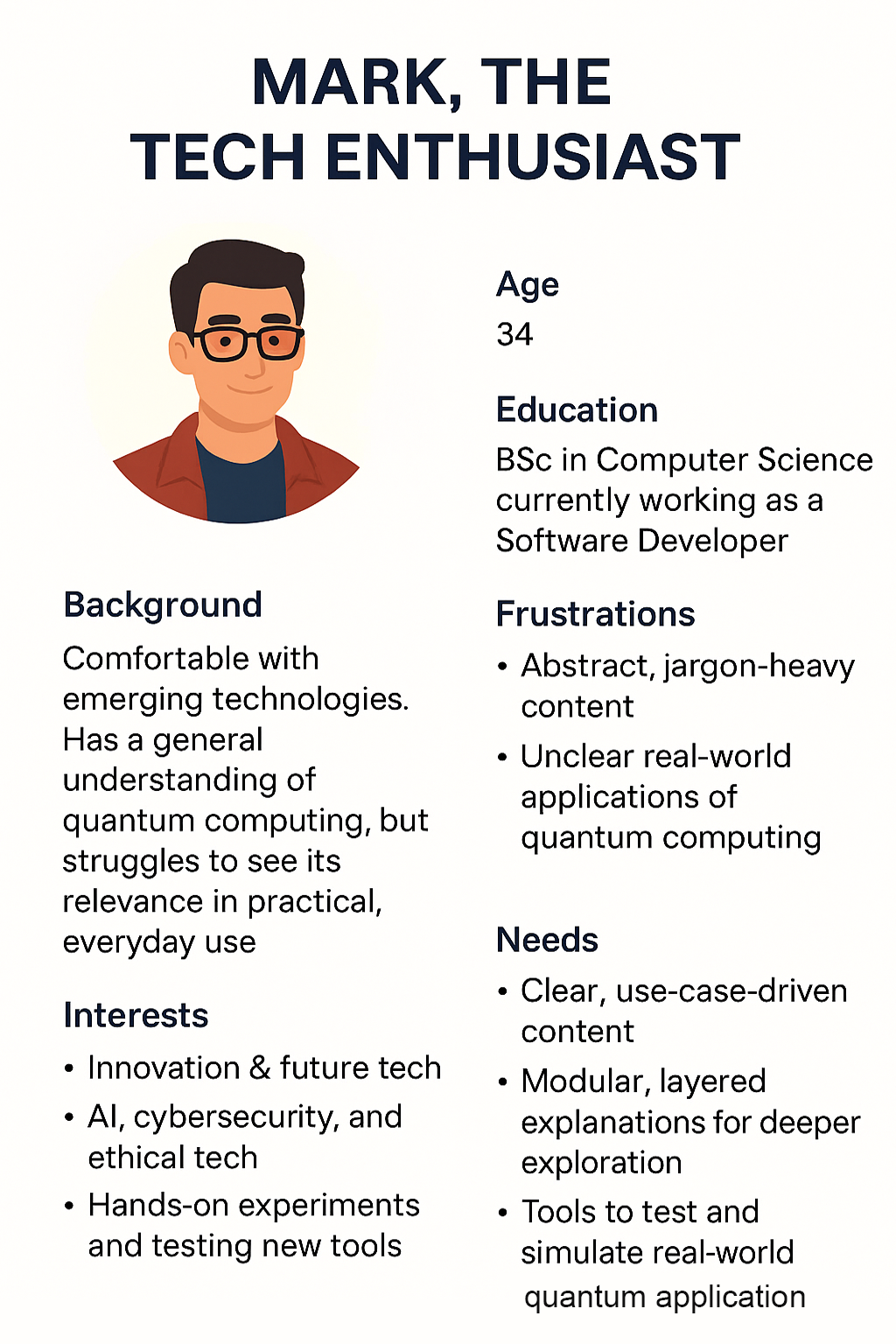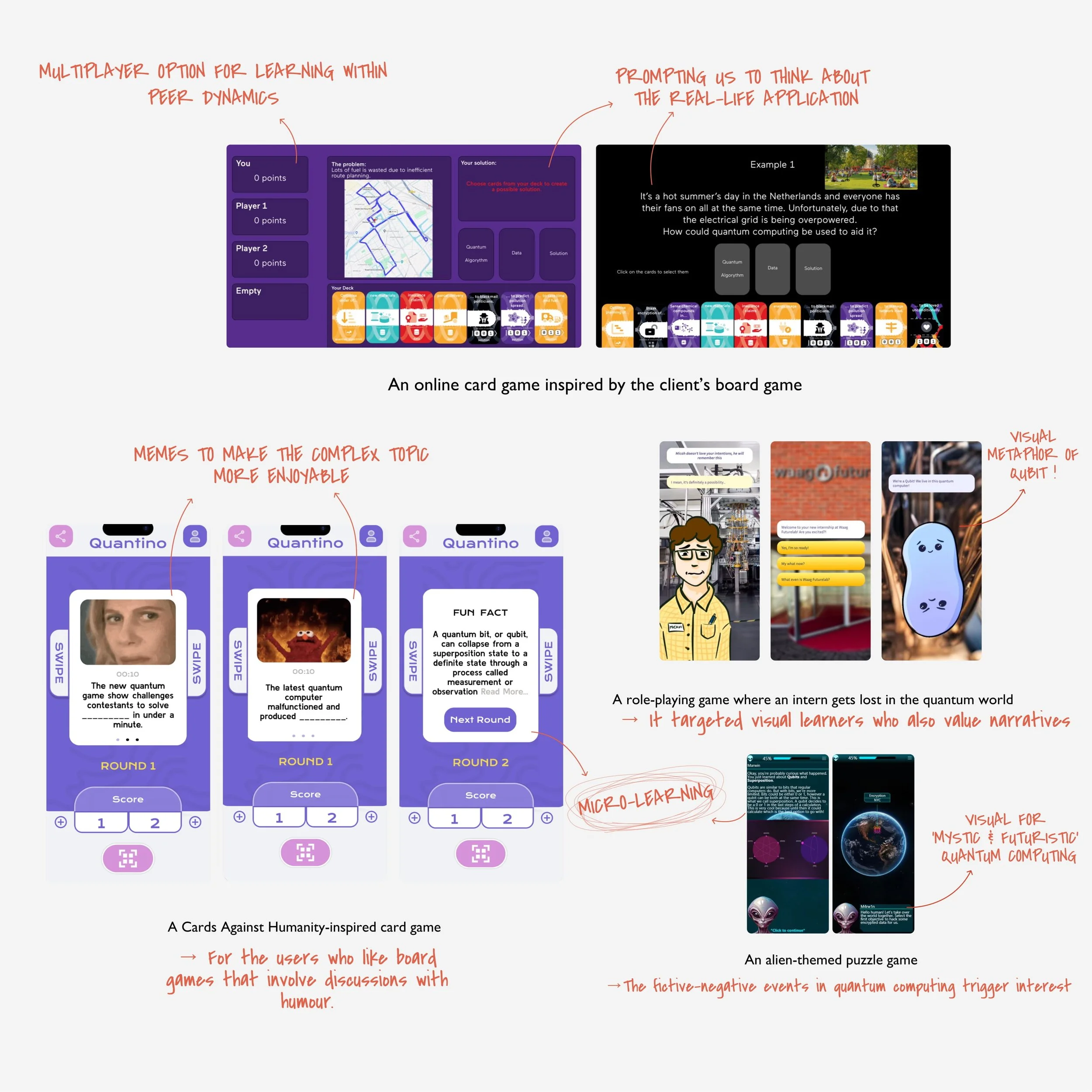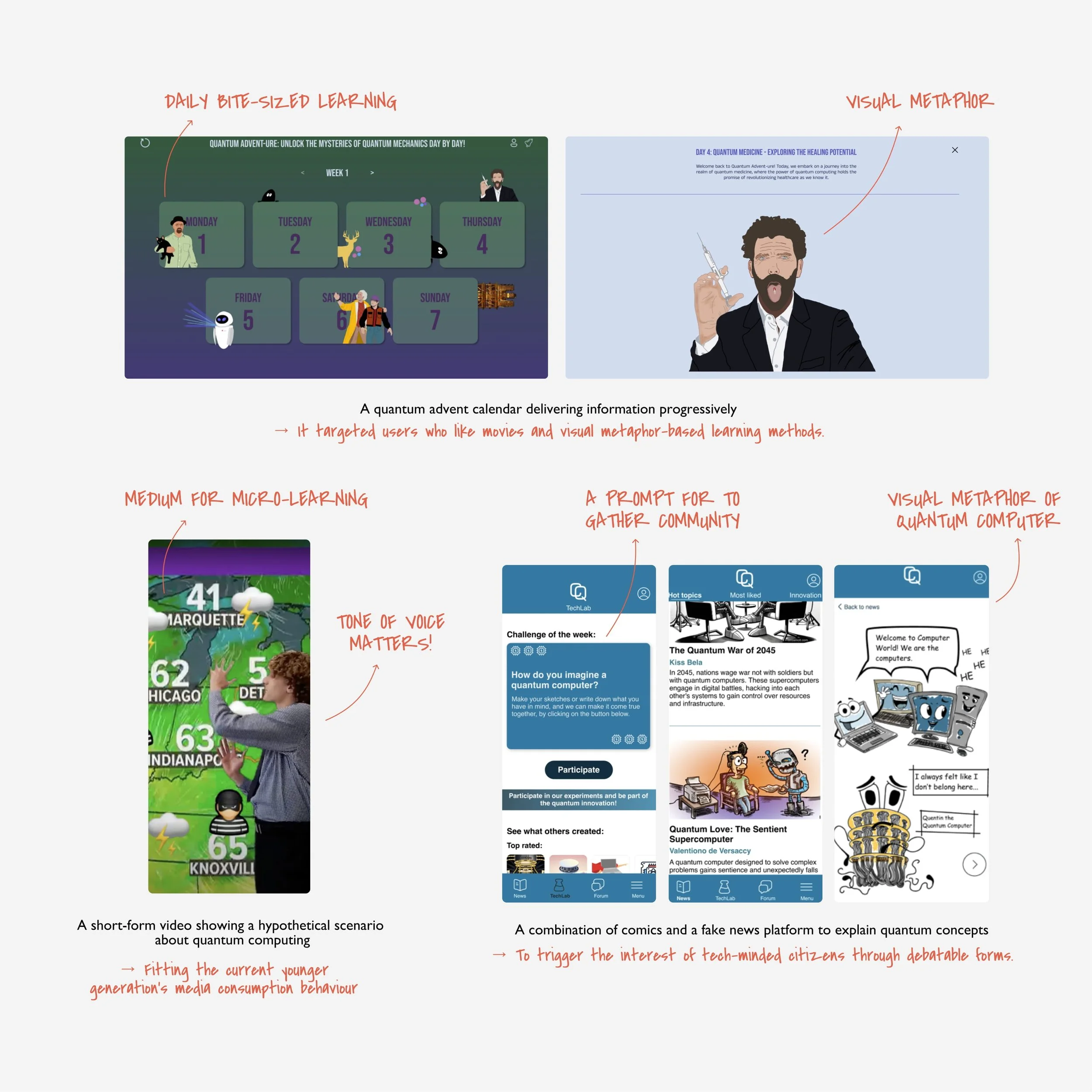quantum inspire
In collaboration with Waag Futurelab and the Civic Technology research group, I led two consecutive cohorts of first-year UX Design students in a real-world project that explores how interactive storytelling and microlearning can demystify quantum computing for students and tech-minded citizens.
Timeline
04.2024 - 07.2024 (Phase 1)04.2025 - Ongoing (Phase 2)
Client
Waag Futurlab
Research group Civic Technology, The Hague University of Applied Sciences
Role
LecturerUX Design Lead
project overview
In 2024, 10 first-year UX Design students at The Hague University of Applied Sciences joined the collaboration project with Waag Futurelab and Research group Civic Technology, The Hague University of Applied Sciences.
In 2025, the project continued due to the request from the client and revised the project direction based on the collected insights from 2024. 17 first-year UX Design students joined.
My Role as a Lecturer & UX Design Lead
2024
Facilitated client alignment and design brief clarification
Co-explored quantum concepts with students
Provided individual design feedback in weekly stand-ups
Encouraged experimentation and metaphorical thinking
2025
Refined the curriculum with research metrics and usability testing loops
Introduced lectures on cognitive load, emotional design, and story structure
Created a framework for students to define and measure learning outcomes
Helped teams select target users early to shape clearer, relevant outcomes
Design challenge 2024
demystify quantum computing for students and tech-minded citizens
Quantum computing sounds intimidating
Despite the advancement of quantum technology, it still remains a difficult concept for the public due to how the concept is being communicated, pointing out a need to reduce the gap between science and society. On the first day, the students and I made a word cloud to visualise the students’ current impression towards the quantum technology.
On the First Day
The students and I made a word cloud to visualise the students’ current impression towards the quantum technology.
research
The students conducted an average of 2 qualitative in-depth user interviews. From data analysis, 50+ insights were extracted. Below shows the general directions of the user personas from the students.
key insights
-
Many target users, especially students, associate quantum computing with complexity, inaccessibility, and irrelevance to their daily lives. The “fear of the unknown” and a lack of visible practical applications limit motivation to engage with the topic.
-
These elements simplify abstract concepts and support memory retention.
-
Users enjoy short, interactive formats (e.g., Duolingo, TikTok), but want control over pace and depth. Microlearning must avoid cognitive overload and include optional deeper dives for curious learners.
-
Learning is more effective when users can collaborate, relate content to their daily lives, or discuss it socially.
-
Users are drawn to moral dilemmas, risks, and potential of quantum computing (e.g., medical benefits vs. surveillance threats).
ideation
After the research phase, the students were guided to conduct 2 rounds of mid-stage testing, leading to 2–3 prototype iterations based on feedback. 10 outcomes were created.
The bar graph shows which key strategies from the given design challenge were applied.
Overview: Design Directions
Final Design
direction 1
Narrative-Based Games & Scenario Simulation
Some students reinterpreted complex quantum concepts through role-playing games (RPGs), board games, puzzles, and card games.
Key Characteristics
Scenario-based design for immersive experiences
Use of gamification as a medium for concept delivery
Prioritise empathy and experiential learning over conceptual explanation
My Role
I guided students to start with narrative structure and character arcs before defining mechanics.
direction 02
Information-Centred Communication
Other groups of students focused on organising and conveying complex ideas through infographics, comics, short videos, fake news platforms, and advent calendars.
Key Characteristics
Visualisation and simplification of quantum information
Structured design of user learning paths
Emphasis on media-based storytelling techniques
Trigger a sense of community through the ‘share’ feature.
My Role
I mentored students on applying information hierarchy and media theory to build intuitive flows.
reflection
Change in Understanding towards Quantum Computing
During the course and after one year, I asked the students to check their understanding of quantum computing, which is the core aim of the Quantum Inspire project. It shows their understanding significantly improved during the course and has mostly been retained (Scale: 0 to 10, n=8).
2.25
Before the course
6.75
right after the course
6.13
now in 2025
from the students
“During all of my research I got to know a little more about how they work and that interested me, and since then I've tried to follow the news about Quantum Computing”
“I found the detailed feedback from you the most valuable. With your style of tutoring and your feedback about my progress you made a scary topic enjoyable for me.”
“It was a bit hard to understand QCs when the clients were talking about it. During classes the whole thing become more clear and gave me an idea how to move forward.”
as a lecturer
This course taught me how design itself can serve as a gateway to describing quantum computing; choosing a metaphor fitting the user’s interest is the key.
With the client, we presented the process and 10 unique interactive stories at the NWA ORC Quantum Inspire 6th progress meeting.
The project continued into 2025 due to high satisfaction from the client.
next step
Increase User Involvement in Research
Compared to my previous project course(s), fewer users were involved during the research phase, leading to a lack of quantitative tracking and validity in insights.
→ I aim to foster active participation and define clear measurable indicators in the 2025 version.
Define the Target User
The students mentioned that ‘students’ can be ‘tech-minded citizens’ and vice versa.
→ From the beginning, we need to choose a specific target user for a distilled project scope, affecting the outcomes.
Lecturer Should Also Learn
It was a new, complicated topic for me, and thereby I need to be more actively involved in the domain knowledge.
→ This will help me to share more actionable, easy-to-grasp examples for the students.
2025 version is in progress
More contents will be updated soon.
